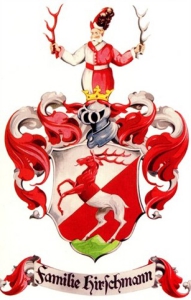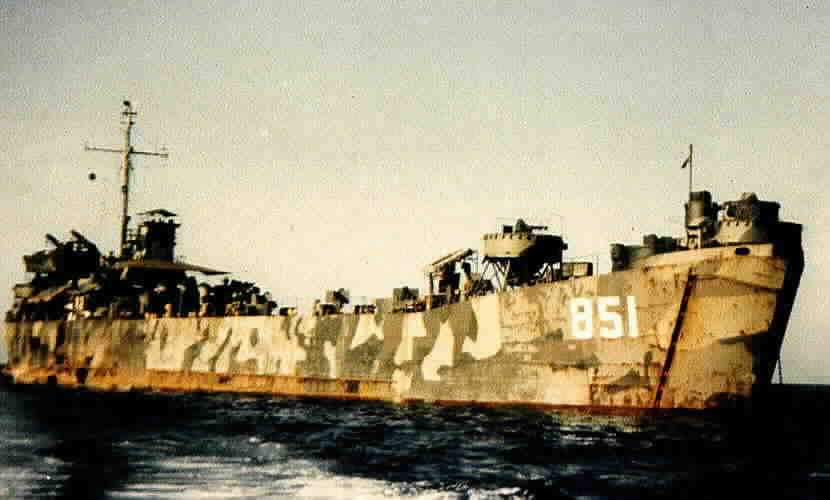Optimal High-TC Superconductivity in Cs3C60, D. R. Harshman and A. T. Fiory
The highest superconducting transition temperatures in the (A1-xBx)3C60 superconducting family are seen in the A15 and FCC structural phases of Cs3C60 (optimized under hydrostatic pressure), exhibiting measured values for near-stoichiometric samples of TC0meas. = 37.8 K and 35.7 K, respectively. It is argued these two Cs-intercalated C60 compounds represent the optimal materials of their respective structures, with superconductivity originating from Coulombic e–h interactions between the C60 molecules, which host the n-type superconductivity, and mediating holes associated with the Cs cations. A variation of the interlayer Coulombic pairing model [Harshman and Fiory, J. Supercond. Nov. Magn. 28, 2967 (2015), and references therein] is introduced in which TC0calc. ∝ 1/ℓζ where ℓ relates to the mean spacing between interacting charges on surfaces of the C60 molecules, and ζ is the average radial distance between the surface of the C60 molecules and the neighboring Cs cations. For stoichiometric Cs3C60, TC0calc. = 38.08 K and 35.67 K for the A15 and FCC macrostructures, respectively; the dichotomy is attributable to differences in ζ.
Dale R. Harshman and Anthony T. Fiory, APS Meeting (abstract: MAR16-2015-004113), Baltimore, Maryland, 14-18 March 2016 (slides).











